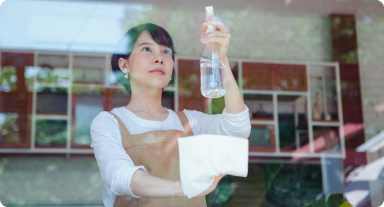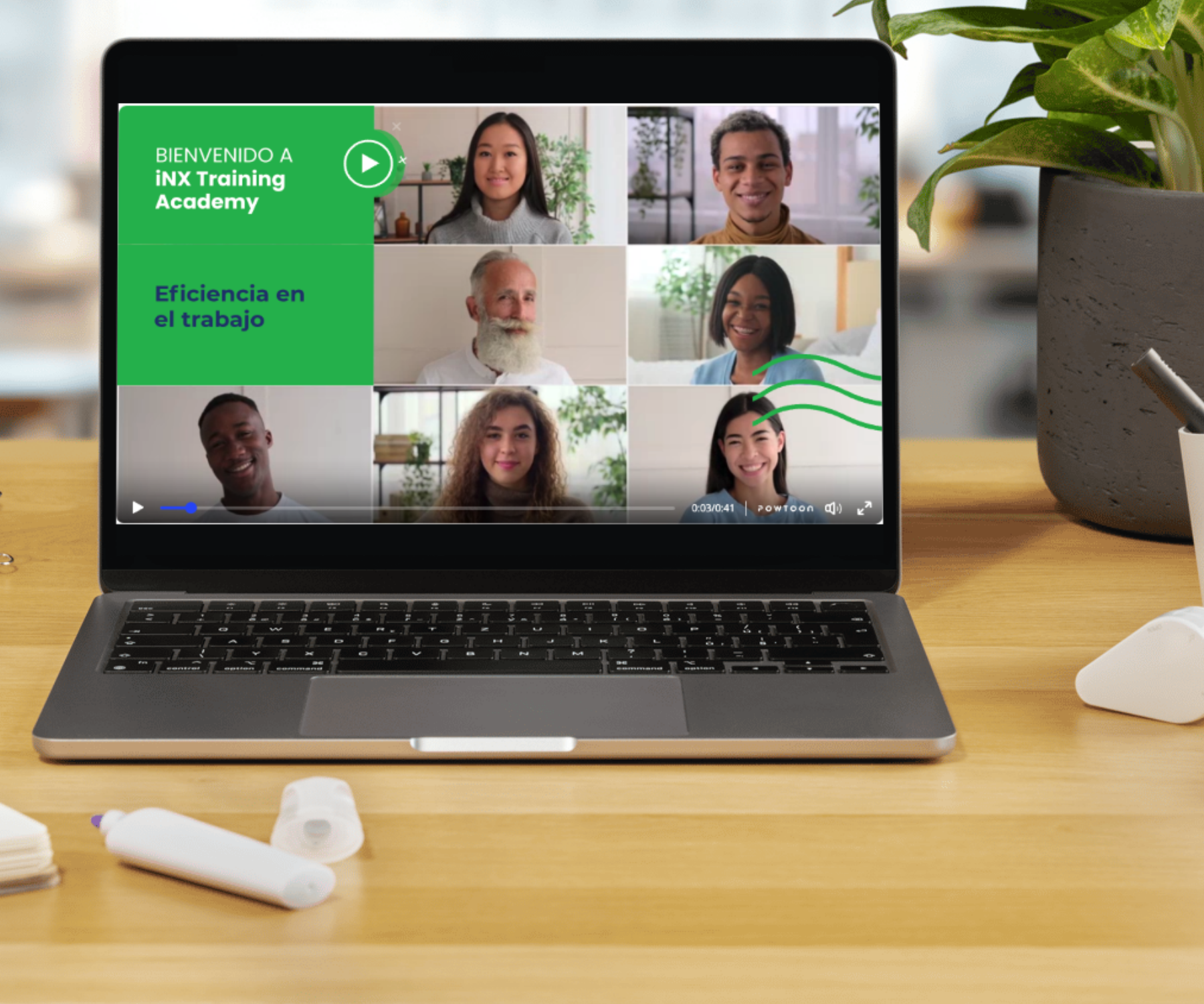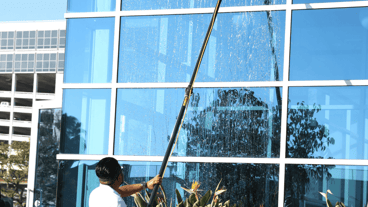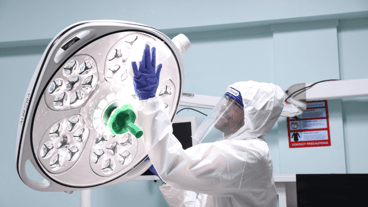Commercial Cleaning Tailored to Your Needs
Expert commercial cleaning for your facility, from daily maintenance to specialized services that protect your employees and your investment.








Industry-Specific Cleaning Solutions
Industry-Specific Cleaning Solutions
Customized cleaning services that meet the unique demands of your industry

Manufacturing
From production floors to quality control areas, we ensure your facility meets stringent cleanliness standards while supporting workplace safety.

Business & Industry
Our comprehensive office cleaning services cover everything from executive suites to common areas, maintaining your professional image daily.

Healthcare
Meet strict healthcare environmental standards with our specialized medical facility cleaning services.

Education
Our education-focused cleaning programs address high-traffic areas, specialized facilities, and seasonal deep cleaning needs.

Government
We understand government facility requirements and deliver reliable, documented cleaning services that ensure compliance.

Additional
From auto dealerships' showrooms to boutique fitness centers, we customize our cleaning approach to match your facility's unique needs
Ready to Make a Change?
The people and cleaning service at INX have been fabulous at our company. The customer response is prompt, cordial and instantaneous. We are EXTREMELY happy with their services. Thank you, INX!
I have been a customer for iNX for a few years now and I am extremely happy with their service. If any need arises, they are there to correct the problem promptly. Especially during covid. They were there to help sanitize and keep everyone safe. I'm very pleased with iNX.

iNX Training Academy: Elevating Training Standards
Professional Commercial Cleaning Services
Decades of setting the standard for the janitorial industry.
Experience the iNX Difference
Discover why leading facilities trust iNX to set new professional cleaning industry standards.
Customizable cleaning solutions utilizing commercial-grade equipment and chemicals
- Advanced systems to manage service requests, track performance, and ensure quality.
- Rigorous training programs to ensure adherence to industry best practices & compliance requirements.
- Regularly scheduled quality assurance inspections.






.png?width=384&height=207&name=Private%20Education%20(1).png)




